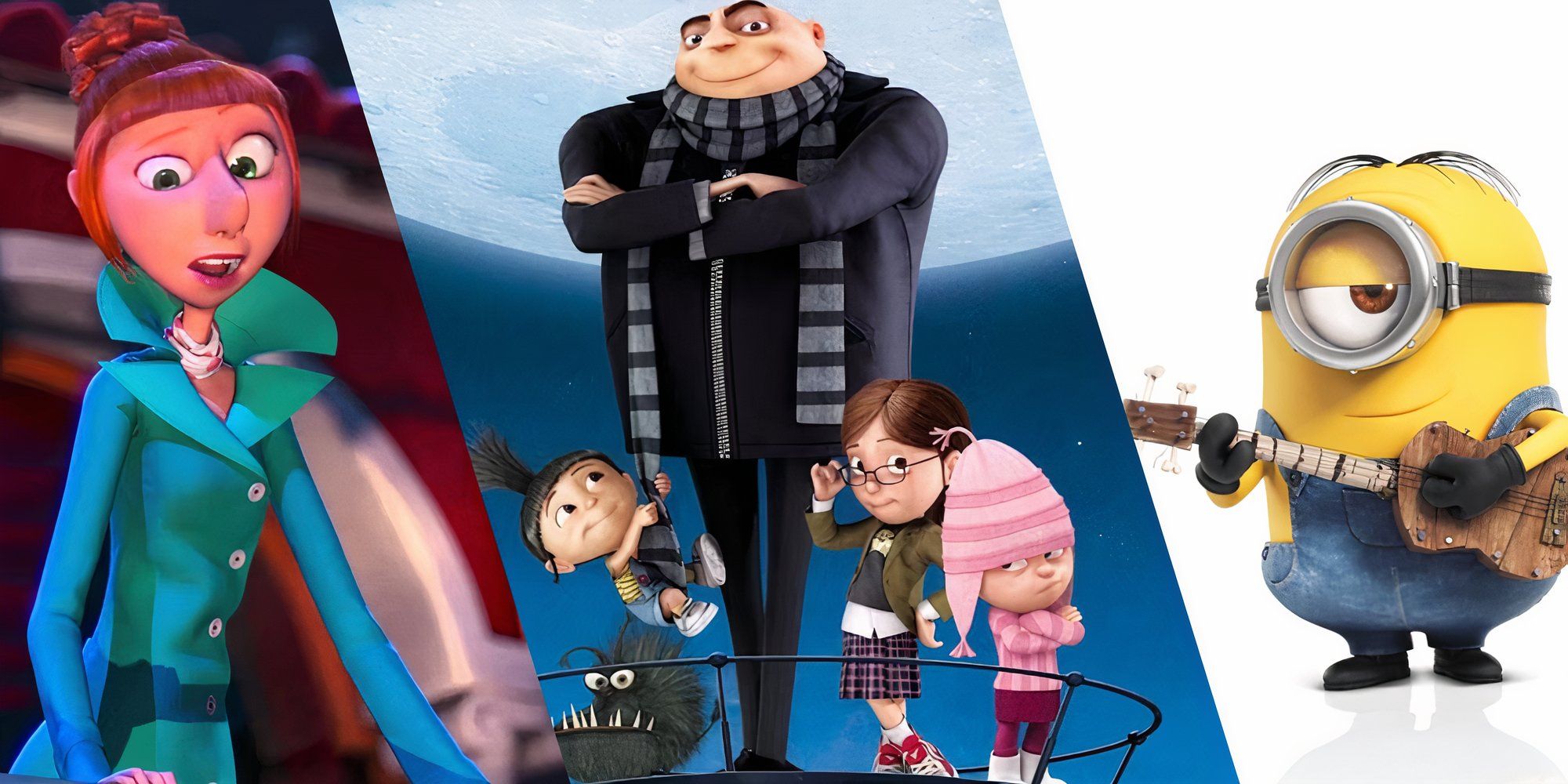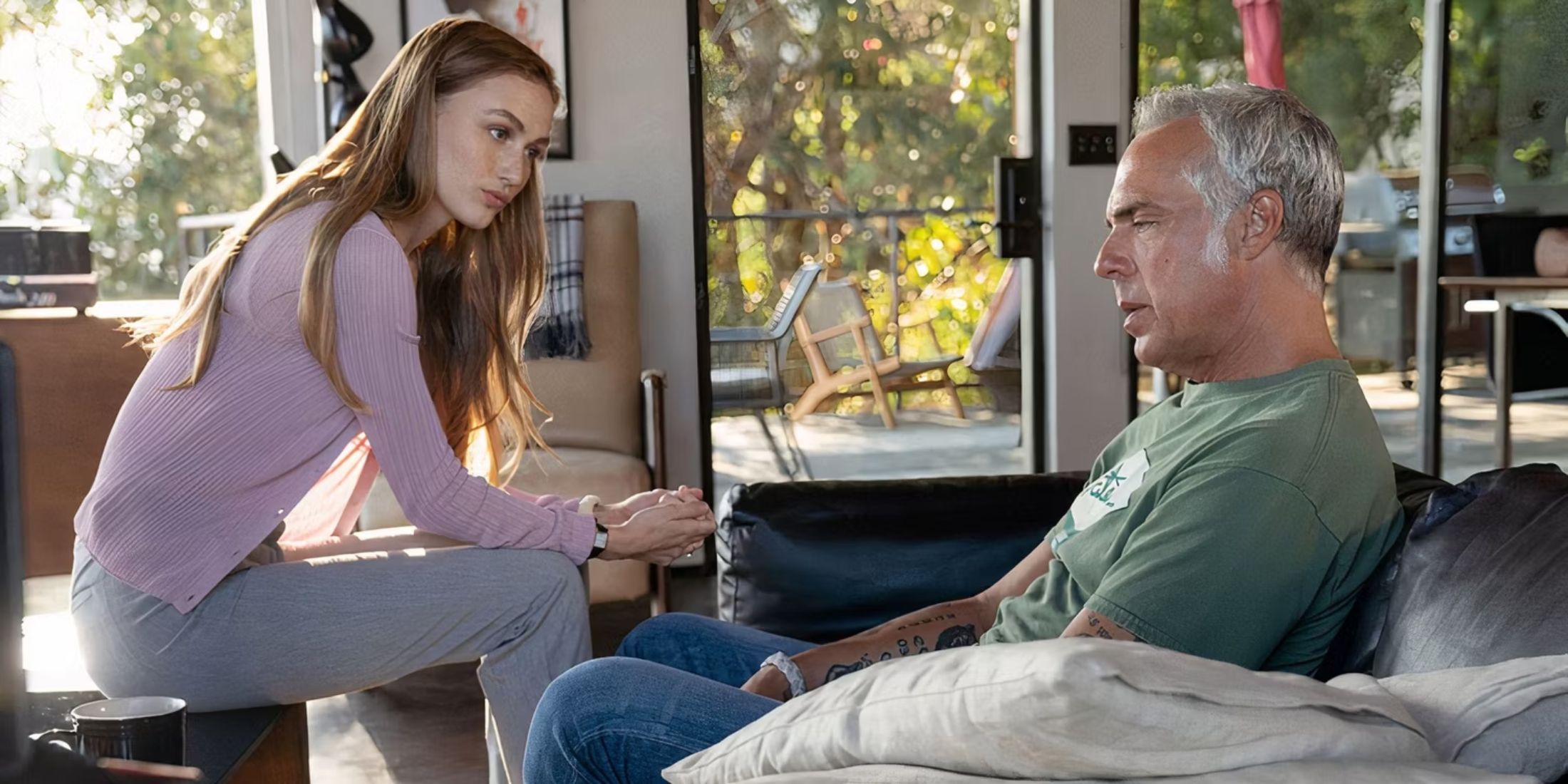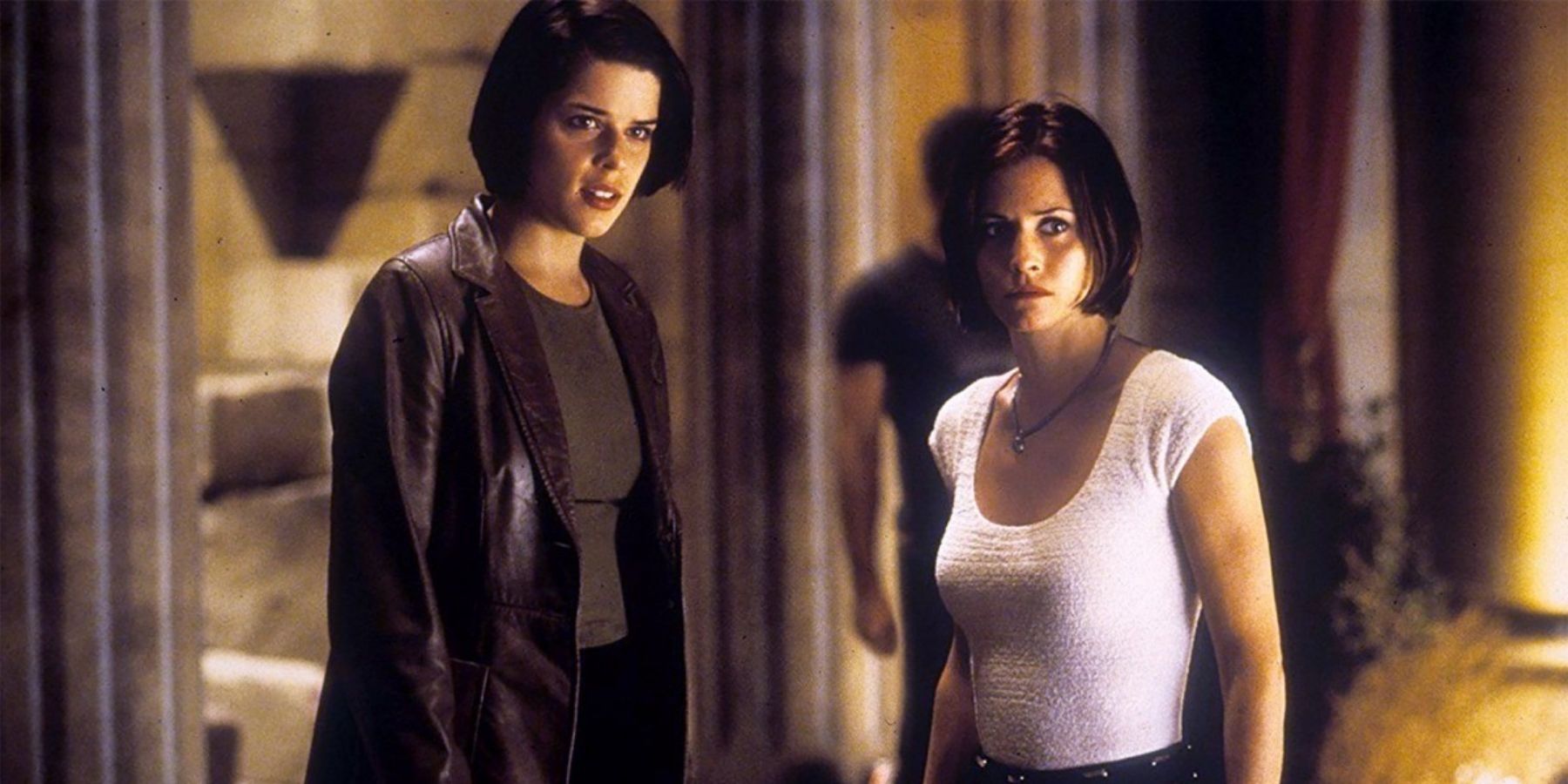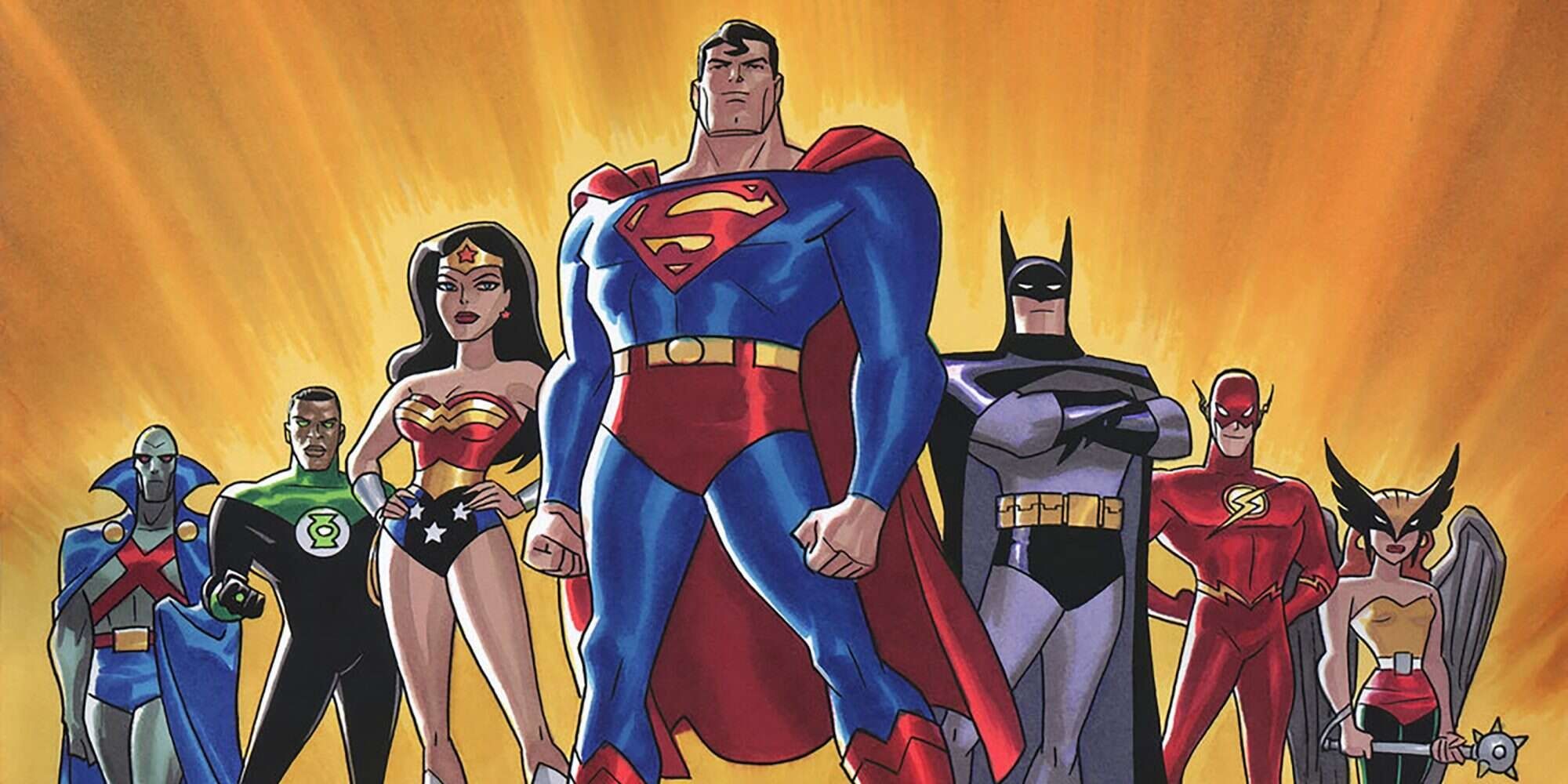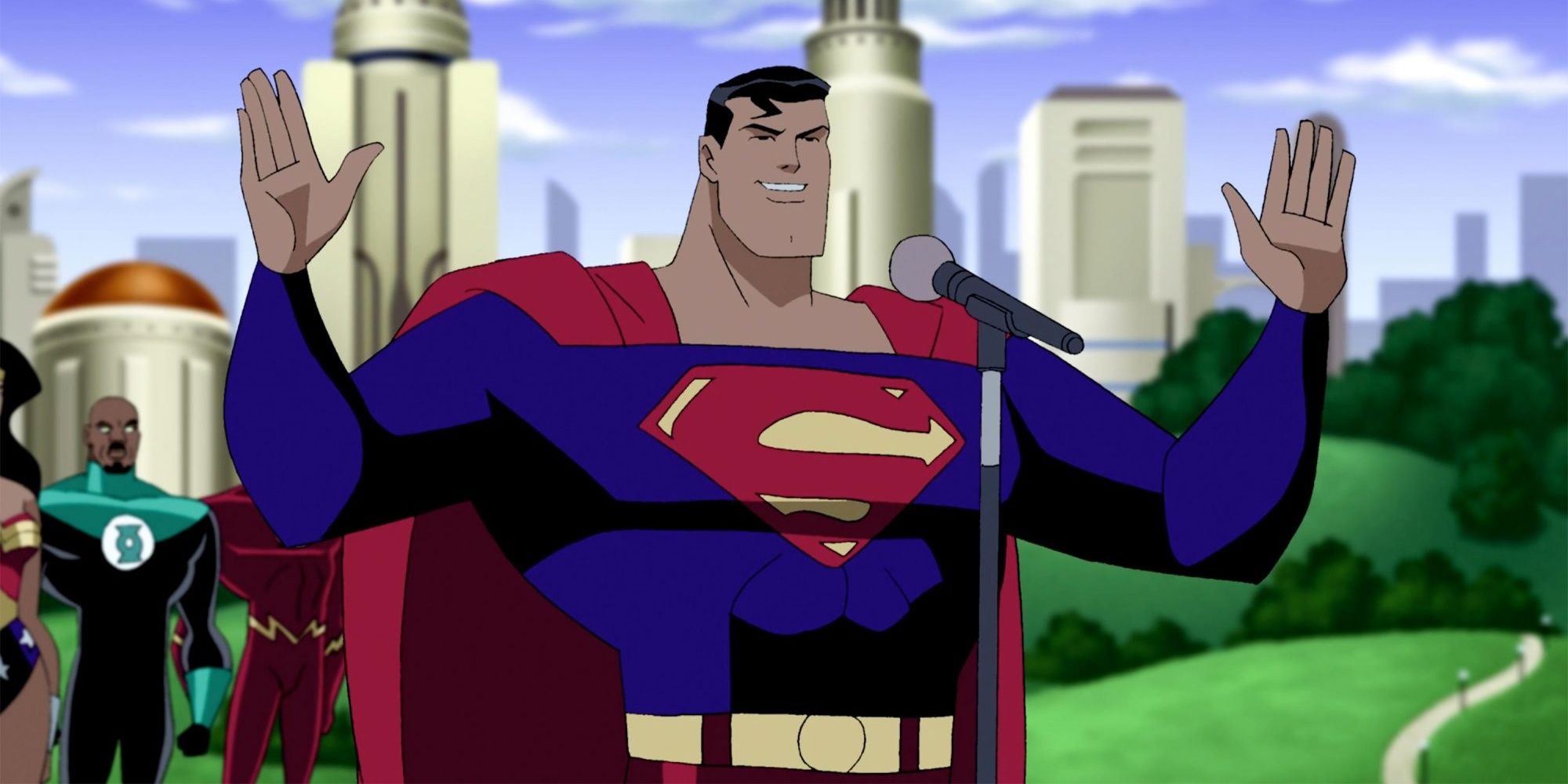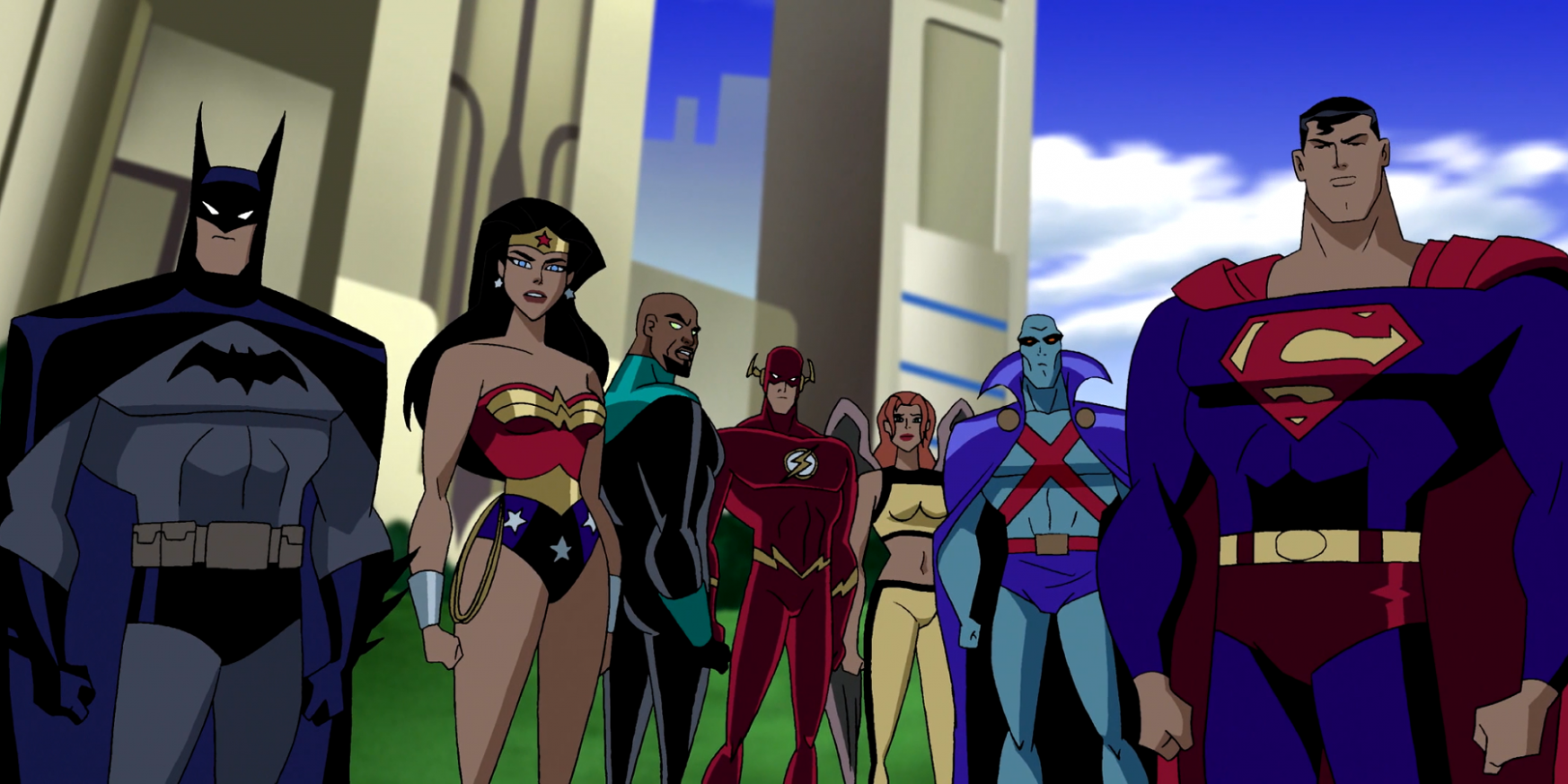Comic books and especially movies based on comic books are easily the most popular form of storytelling right now, with the likes of Marvel and DC Comics absolutely dominating the box office on a regular basis. With their popularity, there have been almost countless different renditions of characters from Marvel and DC spanning different decades, themes, conflicts, etc. But with all these differences, they always come down to the good versus the bad, hero versus villain, with the good always winning-especially when it was shunned having the villain win. Even when the villain is stronger than the hero, the hero always finds a way to triumph.
Whether it's physical or mental, the hero always becomes the superior being. This creates a problem of power creep. The hero becomes stronger, thusly the next villain has to become even stronger, rinse and repeat. A perfect example of this is the hero of all heroes Superman and the one who was able to kill the Man of Steel canonically, Doomsday. Nobody ever thought that Superman could ever get beaten, one due to plot armor but also because Superman is known to be a wildly overpowered character to where it is almost impossible to feel any sense of tension when he is battling. The answer to that is Doomsday, a character that matches Superman in strength and is nearly unbeatable as he becomes invincible to whatever last beat him.
This back and forth perfectly encapsulates the previously stated power creep within comics. Superman "loses"-even though comic book characters are almost never dead, Doomsday then gets defeated in the next fight, Doomsday returns now adapted to whatever happened last and repeat. It has created a lack of tension and predictability to comic books and superhero storytelling. Although many have this problem, some have found ways to balance the strength levels of the hero and villains, coming up with creative ways for hero versus villain battles to play out. One of the places to find balance in strength is DC's animated series, especially Justice League and Justice League: Unlimited.
Justice League and Justice League: Unlimited were the successors of the widely popular Batman: The Animated Series and the slightly less popular Superman: The Animated Series. One of the biggest strengths of the show was the creativity of the team that it has built. It's one of the main reasons none of the heroes are overly powerful, especially Superman. The team consists of the Trinity being Batman, Superman, and Wonder Woman, as well as John Stewart Green Lantern, Hawkgirl, Martian Manhunter, and last but not least The Flash. Each hero has their characteristic powers and strengths, but the show almost perfectly showcases where each hero lacks having another fill in that role. It's not just Superman taking care of everything, he and the others are shown to be vulnerable even with lower tear villains, actually creating tension when they are in battle.
The reliance on others in the show is what perfectly balances each of their strength, with no other episodes showcasing that more than Justice League Season two episodes 17 and 18, entitled Secret Society part one and two. In the two-part episode, the Justice League has a slight tearing apart as tension builds with one another. They insist that they can deal with their villains and challenge themselves, leading to the Secret Society led by Gorilla Grodd taking advantage of this. But by the end, they've gotten captured and mentally beaten, having to face that they can't do it by themselves.
Because they can't do it themselves, it's believable that they would be in tough situations that they possibly can't get out of without the help of others. Their strength isn't to the point of almost impossibility that they would lose, and that creates a lack of tension and even a lack of believability when they are put in suspenseful situations.
Not only does the balance of the Justice League help the believability of them being vulnerable, but it also helps when dealing with lower-tier villains as stated before. For many viewers, if Batman and/or Superman would be confronted by a B-tier or lower villain, they wouldn't give them a second thought, it's too obvious that no harm will come to either of them. Those same villains are part of the Secret Society in the Justice League animated series.
The likes of villains like Giganta and Shade aren't known by viewers and thusly not very respected or taken seriously. But with them being treated almost like A-tier villains, when they show up the viewer isn't immediately taken out by the impossibility of the Justice League even getting a scratch. Instead, the viewer sees them for what they should be, a threat to the heroes. This makes the aforementioned good versus bad more compelling and honestly a lot more fun and entertaining to watch.
Although the show isn't around anymore, it's never too late to watch or even take lessons from the shower about how strength and power level can truly influence storytelling in superhero stories. But fans could possibly look forward to balance in comics and movies again, with the same age group that grew up with the animated series now becoming the storytellers.

